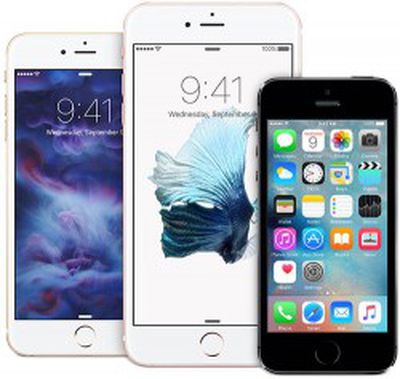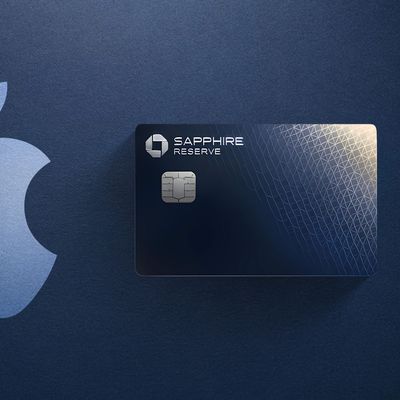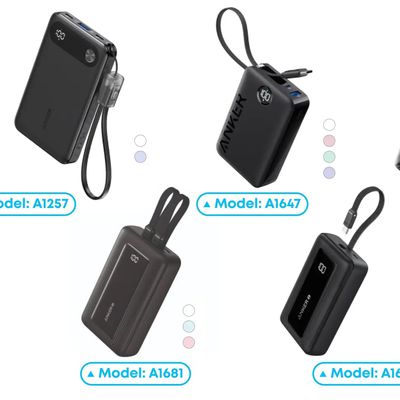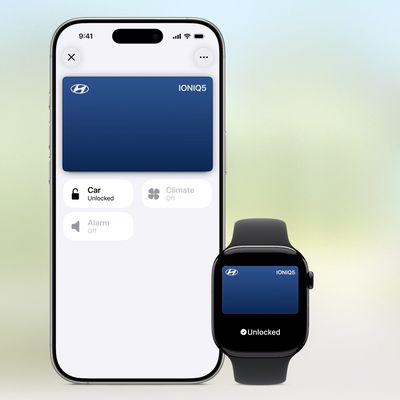Japan Display Planning Mass Production of OLED Displays for iPhones in Early 2018
 Apple supplier Japan Display plans to begin mass production of OLED displays for future iPhones in spring 2018, according to Japanese website Nikkan Kogyo Shimbun [Google Translate] (via GforGames).
Apple supplier Japan Display plans to begin mass production of OLED displays for future iPhones in spring 2018, according to Japanese website Nikkan Kogyo Shimbun [Google Translate] (via GforGames).
Japan Display executives are reportedly in negotiations with Apple about securing OLED orders for future iPhones, in an effort to compete with existing OLED panel suppliers Samsung Electronics and LG Display.
Japan Display, a joint venture formed in 2012 by Hitachi, Sony and Toshiba, is one of two major LCD display suppliers for current iPhones alongside rival Japanese company Sharp. Apple has used LCD panels for iPhones since the original model launched in 2007.
KGI Securities analyst Ming-Chi Kuo reported last month that iPhones are unlikely to have OLED displays for at least the next three years, and Japanese website Nikkei confirmed that Apple plans to switch to OLED displays for iPhones starting in 2018. Apple may continue to offer some iPhone models with LCD displays to fulfill demand.
OLED displays can provide sharper images, better color accuracy and brighter colors compared to LCD displays, but the technology generally has a shorter lifespan and higher manufacturing costs. Samsung's popular Galaxy-branded smartphones are equipped with AMOLED displays, as is the Apple Watch.
Should these supply chain rumors prove true, the so-called "iPhone 8" could be released in late 2018 as Apple's first smartphone equipped with an OLED display, based on the company's current naming and release cycle.
Popular Stories
Apple hasn't updated the AirPods Pro since 2022, and the earbuds are due for a refresh. We're counting on a new model this year, and we've seen several hints of new AirPods tucked away in Apple's code. Rumors suggest that Apple has some exciting new features planned that will make it worthwhile to upgrade to the latest model.
Subscribe to the MacRumors YouTube channel for more videos.
Heal...
Chase this week announced a series of new perks for its premium Sapphire Reserve credit card, and one of them is for a pair of Apple services.
Specifically, the credit card now offers complimentary annual subscriptions to Apple TV+ and Apple Music, a value of up to $250 per year.
If you are already paying for Apple TV+ and/or Apple Music directly through Apple, those subscriptions will...
Popular accessory maker Anker this month launched two separate recalls for its power banks, some of which may be a fire risk.
The first recall affects Anker PowerCore 10000 Power Banks sold between June 1, 2016 and December 31, 2022 in the United States. Anker says that these power banks have a "potential issue" with the battery inside, which can lead to overheating, melting of plastic...
In 2020, Apple added a digital car key feature to its Wallet app, allowing users to lock, unlock, and start a compatible vehicle with an iPhone or Apple Watch. The feature is currently offered by select automakers, including Audi, BMW, Hyundai, Kia, Genesis, Mercedes-Benz, Volvo, and a handful of others, and it is set to expand further.
During its WWDC 2025 keynote, Apple said that 13...
Apple's next-generation iPhone 17 Pro and iPhone 17 Pro Max are around three months away, and there are plenty of rumors about the devices.
Apple is expected to launch the iPhone 17, iPhone 17 Air, iPhone 17 Pro, and iPhone 17 Pro Max in September this year.
Below, we recap key changes rumored for the iPhone 17 Pro models:Aluminum frame: iPhone 17 Pro models are rumored to have an...
Apple last month announced the launch of CarPlay Ultra, the long-awaited next-generation version of its CarPlay software system for vehicles.
There was news this week about which automakers will and won't offer CarPlay Ultra, and we have provided an updated list below.
CarPlay Ultra is currently limited to newer Aston Martin vehicles in the U.S. and Canada. Fortunately, if you cannot...
Apple will finally deliver the Apple Watch Ultra 3 sometime this year, according to analyst Jeff Pu of GF Securities Hong Kong (via @jukanlosreve).
The analyst expects both the Apple Watch Series 11 and Apple Watch Ultra 3 to arrive this year (likely alongside the new iPhone 17 lineup, if previous launches are anything to go by), according to his latest product roadmap shared with...
Apple is planning to launch a low-cost MacBook powered by an iPhone chip, according to Apple analyst Ming-Chi Kuo.
In an article published on X, Kuo explained that the device will feature a 13-inch display and the A18 Pro chip, making it the first Mac powered by an iPhone chip. The A18 Pro chip debuted in the iPhone 16 Pro last year. To date, all Apple silicon Macs have contained M-series...
 Apple supplier Japan Display plans to begin mass production of OLED displays for future iPhones in spring 2018, according to Japanese website Nikkan Kogyo Shimbun [Google Translate] (via GforGames).
Apple supplier Japan Display plans to begin mass production of OLED displays for future iPhones in spring 2018, according to Japanese website Nikkan Kogyo Shimbun [Google Translate] (via GforGames).




















